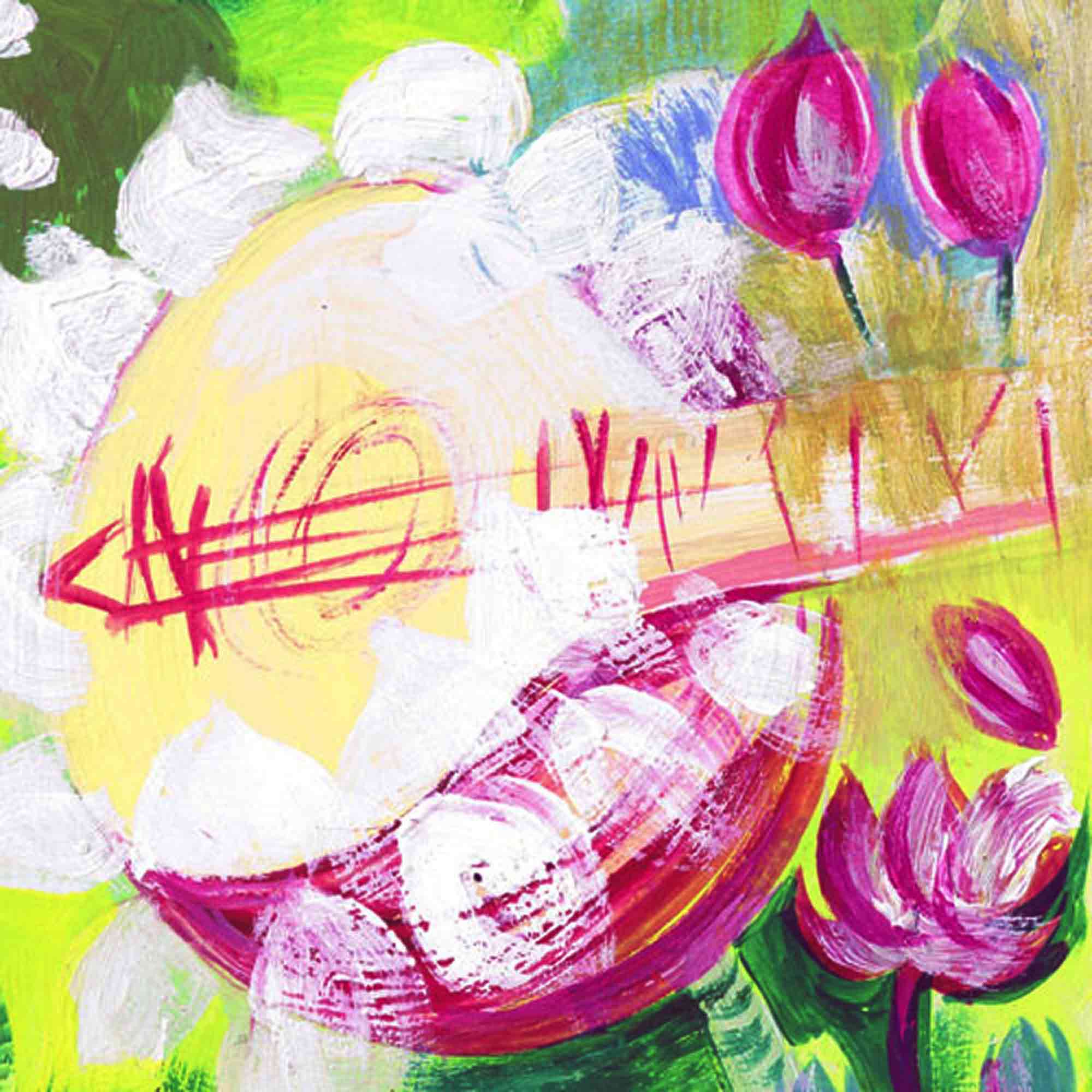Johannes Beltz; Marie Eve Celio-Scheurer (Hgg.): Klangkörper. Saiteninstrumente aus Indien.
Zürich: Museum Rietberg, 2015. 81 S., 23 EUR | Zur Ausstellung in Indien und über die Englische Ausgabe: Cadence and Counterpoint, Documenting Santal Musical Traditions by Johannes Beltz, Ruchira Ghose and Maria-Eve Celio-Scheurer (eds.) >>
Eine einzigartige Würdigung der visuellen Attraktivität und künstlerischen Qualität der Musikinstrumente der Santal in Indien. Mit einem Text von Bengt Fosshag über seine Passion als Sammler dieser Instrumente und einem kurzen Essay von Ludwig Pesch zur Musik der Santal.
ASIEN 139 (April 2016) in print – Rezension von Heinz Werner Wessler (Professor für Indologie an der Universität Uppsala, Schweden) , S. 138-139 | Mehr über den Rezensenten | LinkedIn >>
Der Band ist Ausstellungskatalog (Ausstellung „Klang/Körper“ im Musum Rietberg), Nachschlagewerk und zugleich ein Beitrag zur Erforschung der Saiteninstrumente der indischen Adivasis (Ureinwohner), insbesondere der im östlichen Indien ansässigen Santals. Die hier dokumentierten Instrumente, die zum größten Teil auf eine aktuelle Schenkung an das Museum Rietberg zurückgehen (einige wenige Exemplare wurden vom Rietberg-Kreis aus der Sammlung Fosshag angekauft), wurden im berühmten Zürcher Museum für asiatische Kunst zum ersten Mal ausgestellt und hier im Rahmen des vorliegenden Kataloges dokumentiert.
Die Sammlung geht zurück auf den Designer und Illustrator Bengt Fosshag, der über viele Jahre Indien bereiste und dabei über Jahrzehnte diese einzigartige Sammlung aufbaute. Dies in einer Zeit, in der lokale Traditionen mehr und mehr gefährdet sind und untergehen, wie das auch mit den Musikinstrumenten der Santals und ihrer Musik der Fall ist (vgl. den Beitrag „Eine Instrumentensammlung für ein Kunstmuseum“ von Johannes Beltz).
Das Museum, das als ein Ort für asiatische hohe Kunst eingerichtet wurde, öffnet sich mit der Annahme der Sammlung damit weiter in Richtung Volks- und Stammeskunst. Ursprünglich hatte sich das berühmte Museum Rietberg vor allem als V ermittler und Bewahrer der klassischen hochkulturellen Kunsttraditionen Indiens etabliert. Das Anliegen, klassische Kunstwerke aus Südasien als Exponate der Weltkunst zu etablieren, hat sich durchgesetzt. Inzwischen gibt es andere Prioritäten, die zu programmatischen Annäherungen zwischen der Weltkunst gewidmeten Museen und den modernen Völkerkundemuseen führten.
Ludwig Pesch macht in seinem Beitrag „Eine kleine Weltmusik: die Musik der Santal“ deutlich, dass die Santal und ihre Musik einerseits völlig eigenständig sind, andererseits aber in einem „Dialog im Flüsterton“ ihren Einfluss auf die indische Moderne hatten, vor allem über Rabindranath Tagore (1861–1941), der seine berühmte Universität Vishvabharati in Santal-Gebiet gründete. In diesem Sinn versteht sich der Katalog, wie Johannes Beltz schreibt, als „ eine spielerische, poetische Annäherung an die Instrumente“ (S.31) als „Klang/Körper“, das heißt als Klang erzeugende Kunstwerke der Santals.
Die Sammlung Fosshag besteht aus 92 Instrumenten aus der ersten Hälfte des 20. Jahrhunderts, fast alles Streichinstrumente, deren Saiten entweder mit einem Bogen gestrichen oder gezupft werden. Ihr Formsprache nimmt die Körperteile des menschlichen Körpers auf, so auch in der Bezeichnung der einzelnen Teile des Instruments in der Santal-Sprache. Auch die ornamentalen V erzierungen sind meistens anthropomorph. Leider sind die Instrumentenbauer und ihre konkrete Herkunft bisher weitgehend unbekannt.
Der kleine Band enthält außerdem einige der von Martin Kämpchen in deutscher Übersetzung herausgegebenen Lieder der Santal sowie hochaufgelöste Bilder aller Instrumente der Sammlung.
Heinz Werner Wessler
Mehr von und über Martin Kämpchen
+ Museum Rietberg >>


